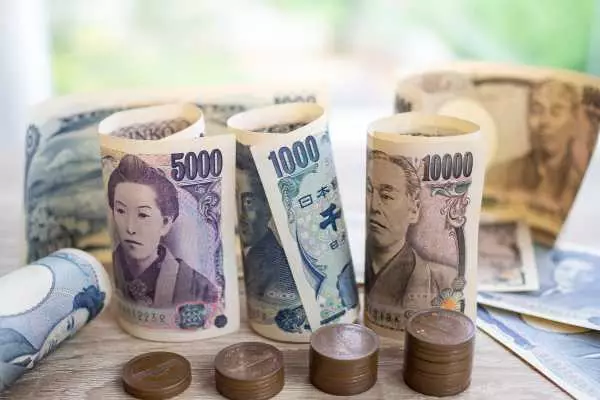The Bank of Japan (BoJ) is expected to shift away from its current negative rates policy, but the timing of this transition remains uncertain. Economists are divided on when the BoJ will make the move, with 80% expecting an exit from negative rates in 2024 and only 20% betting on a January pivot. This ambiguity has left the markets speculating about the future course of the central bank’s monetary policy.
Thursday’s spotlight will be on the US economy, with key data releases that could impact investor sentiment. The third-quarter GDP numbers, Philly Fed Manufacturing Index, and jobless claims will draw significant attention. While the US manufacturing sector accounts for less than 30% of the economy, a decline in manufacturing activity could spark fears of a hard landing. Jobless claims data will also play a role in shaping market expectations of a Fed rate cut in Q1 2024.
Tight labor market conditions in the US support wage growth and disposable income, which can fuel consumer spending and demand-driven inflation. If disposable income continues to rise, it could prompt the Fed to recalibrate its interest rate trajectory in order to control consumer spending. However, a pullback in consumer spending would dampen demand-driven inflation.
Economists forecast that the Philly Fed Manufacturing Index will improve from -5.9 to -3.0 in December. Additionally, initial jobless claims are expected to rise from 202,000 to 215,000 in the week ending December 16. These figures will provide further insight into the strength and direction of the US economy.
The near-term trends of the USD/JPY exchange rate are closely linked to the monetary policies of both the Bank of Japan and the US Federal Reserve. While the markets anticipate a pivot from negative rates by the BoJ in 2024, a robust US economy could temper expectations of a Fed rate cut in Q1 2024 and lead to increased demand for the USD/JPY.
Technically, the USD/JPY is currently below the 50-day and 200-day Exponential Moving Averages (EMAs), signaling a bearish sentiment. A breakout above the 200-day EMA would support a move towards the 144.713 resistance level. On the downside, a drop below the 143 handle would bring the 142.177 support level into play. The 14-day Relative Strength Index (RSI) at 38.09 suggests that the USD/JPY may fall further towards the 142.177 support level before entering oversold territory.
As the Bank of Japan’s monetary policy remains in focus, economists continue to debate the timing of its exit from negative rates. Key economic indicators from the US will also play a crucial role in shaping market sentiment and expectations regarding future monetary policy decisions. Investors will closely monitor developments, particularly those regarding consumer spending, inflation, and jobless claims, as they will provide valuable insights into the outlook for the global economy. The USD/JPY exchange rate will remain sensitive to these economic factors and monetary policy shifts.


Leave a Reply